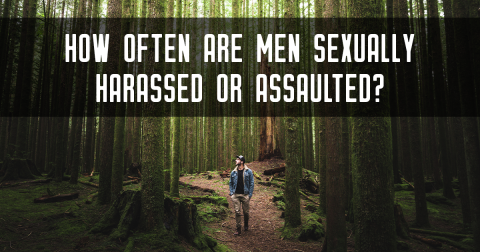The NSVRC collects information and resources to assist those working to prevent sexual violence and to improve resources, outreach and response strategies. This page lists resources on this website that have been developed by NSVRC staff.
- Febrero 15, 2021
- Emily Bigger
"Comprehensive Sexuality Education as a Primary Prevention Strategy for Sexual Violence Perpetration" explains the link between school-based sex education programs and sexual violence prevention, and how sex education can become an important strategy in preventing harm.
- Febrero 11, 2021
- JL Heinze
When Black Women’s Blueprint purchased their Sistas Van in 2019, their original plan was to use it as a mobile healing unit that would help survivors of sexual violence access support, healing, and reproductive care. But when the COVID-19 pandemic began, Black Women’s Blueprint saw that there was an increased need for essential supplies like food, clothes, and hygiene products, so the Sistas Van shifted their services to meet the immediate needs of their community. In the second episode of our COVID-19 and Health Equity series, NSVRC’s Louie Marven talks with Sadé Swift, Sista’s Van
- Febrero 08, 2021
- Chad Sniffen
In the first episode of our COVID-19 and Health Equity series, NSVRC’s Yolanda Edrington, Louie Marven, and Mo Lewis discuss what they are looking forward to learning throughout the series. They also talk about the connections between health equity, sexual assault prevention, and the COVID-19 pandemic. Participants: Yolanda Edrington, NSVRC Director Louie Marven, NSVRC Training Specialist Mo Lewis, NSVRC Prevention Specialist
- Febrero 03, 2021
- Chad Sniffen
Are you interested in centering the needs of youth and providing tools for adults to meet those needs by becoming askable adults? An askable adult is someone who is approachable and easy for children and teens to talk to about anything that is on their mind. In this episode, NSVRC’s Sally Laskey discusses Vermont’s Askable Adult prevention campaign with Chani Waterhouse and Amy Torchia from the Vermont Network Against Domestic and Sexual Violence, along with the project evaluator Rebecca Gurney. Learn how research informed their process, the components of the campaign, and how they evaluated
- Enero 15, 2021
- Emily Bigger
This annotated bibliography provides descriptions of recent research related to sexual victimization of men. It provides an overview of sexual assault, harassment, and abuse experienced by diverse populations of men in a variety of settings. This resource is part of Working with Male Survivors of Sexual Violence. Publish Date January 2021
- Enero 15, 2021
- Emily Bigger
Many survivors of sexual assault, abuse, and harassment have housing needs – either due to sexual violence happening in their home, experiencing homelessness, or needing safe housing to heal from the effects of sexual violence. This one-page resource list for advocates, housing providers, and others who serve sexual assault survivors provides general information on the connections between sexual violence and housing. This resource list supplements a more extensive online collection. Publish Date January 2021
- Enero 06, 2021
- Chad Sniffen
In the 4th episode of our Sex Ed series, NSVRC’s Jen Grove builds on the conversation in Episode 2 about the research on porn literacy and development of The Truth About Pornography curriculum. In this episode, Jen talks with Nicole Daley and Jess Alder, who facilitate the curriculum as part of the Start Strong: Building Healthy Teen Relationships Initiative at the Boston Public Health Commission. Listen as they share their experiences working and collaborating with young people on this important topic. Participants: Jennifer Grove, Director of Prevention, NSVRC Jess Alder,
- Diciembre 18, 2020
- Emily Bigger
How often are men sexually assaulted or harassed? In this infographic, we provide statistics on the prevalence of sexual violence for men. This resource is part of Working with Male Survivors of Sexual Violence. Publish Date December 2020
- Diciembre 18, 2020
- Emily Bigger
Men who survive sexual violence come from many different backgrounds and communities. In this infographic, we share statistics on the race, ethnicity, sexual orientation, gender identity, and disabilities of men who have experienced sexual assault. This resource is part of Working with Male Survivors of Sexual Violence. Publish Date December 2020
- Diciembre 08, 2020
- Megan Thomas
Crime prevention through environmental design (CPTED, or “situational prevention”) is an established criminological theory that has recently found a new life in sexual violence prevention. How can CPTED concepts be used to change the physical environment of an area to help prevent sexual violence? In this episode, we explore how a coalition in Kansas City, Kansas is designing environments with the goal of preventing sexual assault. Listen as NSVRC’s Sally Laskey talks with Vanessa Crawford Aragon, Community Prevention Coordinator from the Metropolitan Organization to Counter Sexual
Paginación
- Página anterior
- Página 17
- Siguiente página









